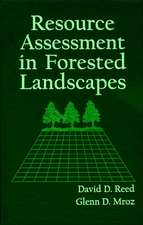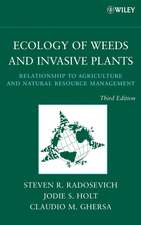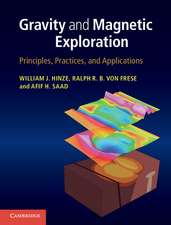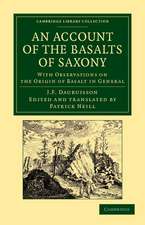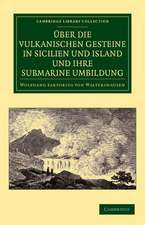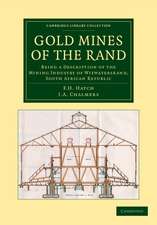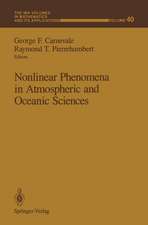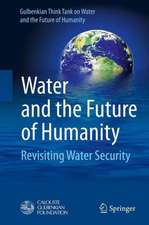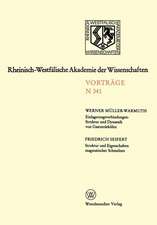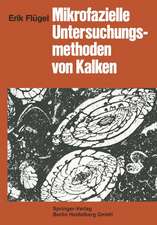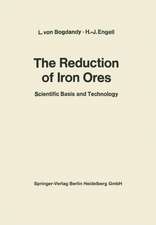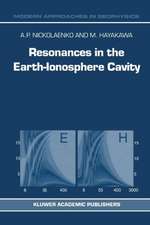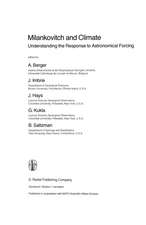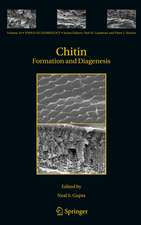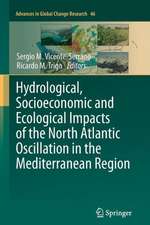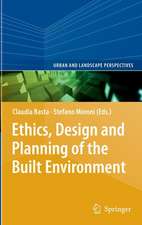Coastal-Offshore Ecosystem Interactions: Proceedings of a Symposium sponsored by SCOR, UNESCO, San Francisco Society, California Sea Grant Program, and U.S. Dept. of Interior, Mineral Management Service held at San Francisco State University, Tiburon, California, April 7–22, 1986: Coastal and Estuarine Studies, cartea 22
Editat de Bengt-Owe Janssonen Limba Engleză Paperback – 9 mar 1988
Din seria Coastal and Estuarine Studies
- 8%
 Preț: 502.60 lei
Preț: 502.60 lei - 15%
 Preț: 641.53 lei
Preț: 641.53 lei - 15%
 Preț: 636.45 lei
Preț: 636.45 lei - 15%
 Preț: 642.83 lei
Preț: 642.83 lei -
 Preț: 394.87 lei
Preț: 394.87 lei -
 Preț: 393.90 lei
Preț: 393.90 lei - 15%
 Preț: 655.27 lei
Preț: 655.27 lei -
 Preț: 408.16 lei
Preț: 408.16 lei -
 Preț: 390.25 lei
Preț: 390.25 lei -
 Preț: 393.74 lei
Preț: 393.74 lei - 15%
 Preț: 637.59 lei
Preț: 637.59 lei - 15%
 Preț: 638.57 lei
Preț: 638.57 lei -
 Preț: 381.98 lei
Preț: 381.98 lei - 15%
 Preț: 642.51 lei
Preț: 642.51 lei -
 Preț: 399.29 lei
Preț: 399.29 lei -
 Preț: 389.70 lei
Preț: 389.70 lei - 15%
 Preț: 647.08 lei
Preț: 647.08 lei - 15%
 Preț: 652.17 lei
Preț: 652.17 lei -
 Preț: 391.79 lei
Preț: 391.79 lei - 18%
 Preț: 948.79 lei
Preț: 948.79 lei - 15%
 Preț: 642.68 lei
Preț: 642.68 lei -
 Preț: 386.00 lei
Preț: 386.00 lei - 15%
 Preț: 647.73 lei
Preț: 647.73 lei - 18%
 Preț: 974.35 lei
Preț: 974.35 lei - 18%
 Preț: 957.44 lei
Preț: 957.44 lei - 15%
 Preț: 638.89 lei
Preț: 638.89 lei - 15%
 Preț: 657.08 lei
Preț: 657.08 lei - 15%
 Preț: 650.86 lei
Preț: 650.86 lei - 15%
 Preț: 633.19 lei
Preț: 633.19 lei - 15%
 Preț: 638.24 lei
Preț: 638.24 lei -
 Preț: 382.36 lei
Preț: 382.36 lei - 15%
 Preț: 639.08 lei
Preț: 639.08 lei - 30%
 Preț: 408.28 lei
Preț: 408.28 lei - 31%
 Preț: 317.49 lei
Preț: 317.49 lei
Preț: 398.53 lei
Nou
Puncte Express: 598
Preț estimativ în valută:
76.26€ • 83.09$ • 64.26£
76.26€ • 83.09$ • 64.26£
Carte tipărită la comandă
Livrare economică 23 aprilie-07 mai
Preluare comenzi: 021 569.72.76
Specificații
ISBN-13: 9783540190516
ISBN-10: 3540190511
Pagini: 368
Ilustrații: XV, 367 p.
Dimensiuni: 178 x 254 x 23 mm
Greutate: 0.66 kg
Editura: Springer Berlin, Heidelberg
Colecția Springer
Seria Coastal and Estuarine Studies
Locul publicării:Berlin, Heidelberg, Germany
ISBN-10: 3540190511
Pagini: 368
Ilustrații: XV, 367 p.
Dimensiuni: 178 x 254 x 23 mm
Greutate: 0.66 kg
Editura: Springer Berlin, Heidelberg
Colecția Springer
Seria Coastal and Estuarine Studies
Locul publicării:Berlin, Heidelberg, Germany
Public țintă
ResearchCuprins
Inshore/offshore water exchange in shallow coastal systems.- Coastal/offshore water exchange in narrow, deep shelf areas.- Satellite remote sensing for estimating coastal/offshore transports.- The use of stable isotope ratios for tracing the nearshore-offshore exchange of organic matter.- Tidal flat areas.- Patterns of organic carbon exchange between coastal ecosystems. — The mass balance approach in salt marsh ecosystems.- Coupling of mangroves to the productivity of estuarine and coastal waters.- Production and transport of organic matter in mangrove-dominated estuaries.- Energy flow through fjord systems.- Mass balance in coral reef-dominated areas.- Riverine C, N, Si and P transport to the coastal ocean: an overview.- Fish migrations between coastal and offshore areas.- Larval transport in coastal crustacea: three case histories.- Transport of crab larvae between estuaries and the continental shelf.- Coupling of hydrodynamic and ecosystems modeling applied to tidal estuaries.- An evaluation of presented evidence.


